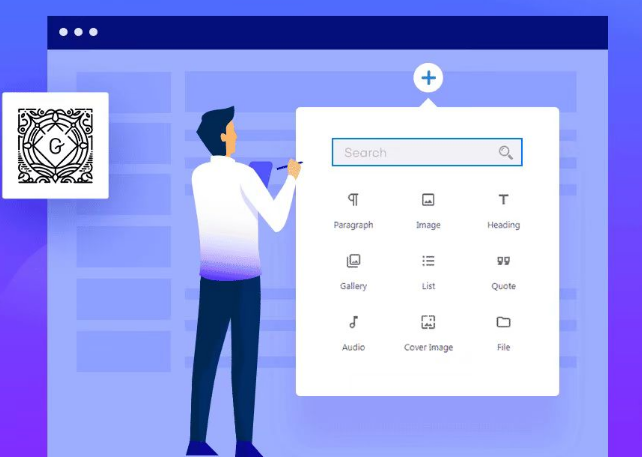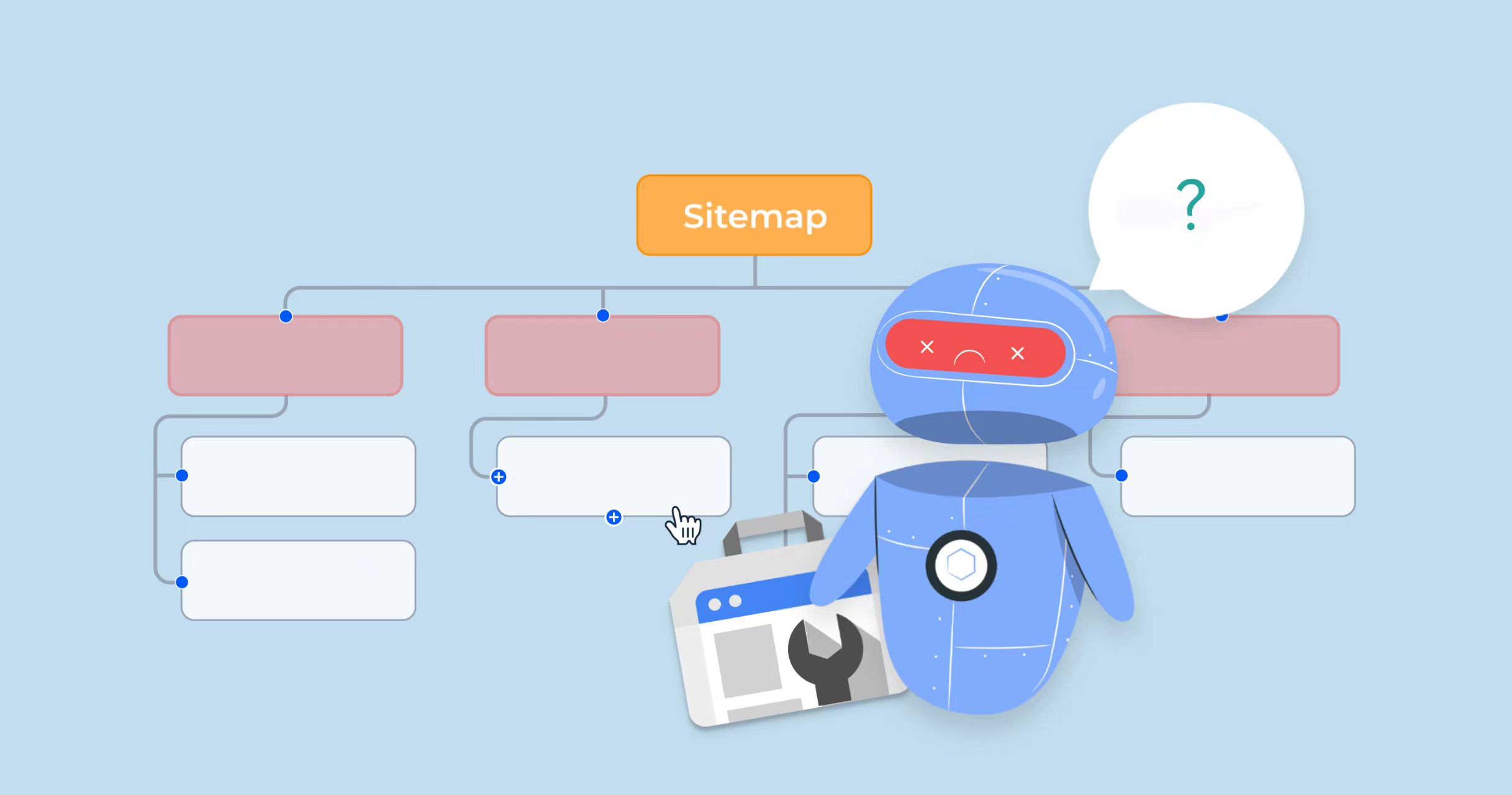What causes the "The link you follow is out of date" error?
(coll.) fail (a student)Server Setting RestrictionsThis error usually occurs when the size of the file that can be uploaded or the duration of the session. When these limits are too low for the file size or the execution time of the process, WordPress is unable to complete the operation, resulting in "The link you are following has expired"Error. These restrictions are intended to ensure network security and efficiency, but may inadvertently interfere with user activity.
![Image[1]-Detailed Guide to Resolve "Followed Link is Expired" Error - Photon Flux | Professional WordPress repair service, worldwide, fast response!](https://www.361sale.com/wp-content/uploads/2024/07/2024070107560793.jpg)
Fix for "The link you follow is out of date" error
There are a couple of ways to resolve this error byAdjusting server settingsto accommodate larger uploads or longer processes. The following are the most efficient solutions:
Method 1: Seek help from your hosting provider
Before exploring technical solutions, consider contacting your hosting provider for help. This can save you energy, especially if it is not convenient to make technical changes yourself. Hosting service providers are equipped to handle issues related to server setup and can usually resolve them quickly and efficiently.
![Image[2]-Detailed Guide to Resolve "Followed Link is Expired" Error - Photon Flux | Professional WordPress repair service, worldwide, fast response!](https://www.361sale.com/wp-content/uploads/2024/07/2024070107574339.png)
Prepare detailed information about the error, including screenshots of the error message and a description of the action being attempted when the error occurred. Clearly describe the problem and provide all the information gathered to help the support team understand the context and specifics of the problem. If you want to take matters into your own hands instead of waiting, try the methods suggested below.
Method 2: Add restrictions in functions.php file
![Image[3]-Detailed Guide to Resolve "Followed Link is Expired" Error - Photon Flux | Professional WordPress repair service, worldwide, fast response!](https://www.361sale.com/wp-content/uploads/2024/07/2024070107591712.png)
When encountering the "The link you are following has expired" error in WordPress, an effective remedy is to pass it directly through the WordPress theme's functions.php file to modify the server's PHP settings. Use the WPCode The plugin accomplishes this safely and easily, and the plugin allows the addition of theCustom Codewithout having to edit the theme files directly.
![Image[4]-Detailed Guide to Resolve "Followed Link is Expired" Error - Photon Flux | Professional WordPress repair service, worldwide, fast response!](https://www.361sale.com/wp-content/uploads/2024/07/2024070108001949.png)
Here are the exact steps:
- Installation and activation from WordPress dashboard WPCode Plug-ins.
![Image[5]-Detailed Guide to Resolve "Followed Link is Expired" Error - Photon Flux | Professional WordPress repair service, worldwide, fast response!](https://www.361sale.com/wp-content/uploads/2024/07/2024070108015730.png)
- Navigate to the WordPress admin sidebar on thecode segment> + Add fragment sectionThe
- Hover over the Add your custom code (new code snippet) box and click Use code snippet.
- Enter a name for the code snippet and select PHP Code Snippet from the Code Type drop-down menu.
- Copy and paste the following code into the Code Preview field:
@ini_set('upload_max_size' , '<strong>64M</strong>');@ini_set('post_max_size', '<strong>64M</strong>');@ini_set('max_execution_time', '<strong>300</strong>');@ini_set('upload_max_size' , '<strong>64M</strong>'); @ini_set('post_max_size', '<strong>64M</strong>'); @ini_set('max_execution_time', '<strong>300</strong>');@ini_set('upload_max_size' , '64M'); @ini_set('post_max_size', '64M'); @ini_set('max_execution_time', '300');
These lines command the server to increase the maximum file upload size to 64MBIf you are a PHP user, you will be able to set the PHP-acceptable POST The maximum size of the data is increased to 64MBand increase the maximum execution time of PHP scripts to 300 Seconds. Adjust these values as needed.
![Image [6] - Detailed guide to solving the "Followed link has expired" error - Photon Flux | Professional WordPress repair service, worldwide, fast response!](https://www.361sale.com/wp-content/uploads/2024/07/2024070108034882.png)
- Click "Saving code snippets"and switch."inactive" switch to activate the code snippet.
This code adds an upload limit and execution time, which helps bypass the error. Test the changes by trying to upload a file or completing an action that triggers an error before it completes. If set appropriately, the error should not occur again.
Method 3: Add restrictions via cPanel
The process of using cPanel is very simple and the necessary server settings can be adjusted through the graphical interface. The following is how to solve problems using cPanel:
- log in cPanelThe hosting service provider usually provides the URL. The hosting provider usually provides the URL.
- Navigate to the Software section and click to select the PHP version.
![Image [7] - Detailed guide to solving the "Followed link has expired" error - Photon Flux | Professional WordPress repair service, worldwide, fast response!](https://www.361sale.com/wp-content/uploads/2024/07/2024070108045126.png)
- Click "options (as in computer software settings)"or find"PHP Settings"Region.
![Image[8]-Detailed Guide to Resolve "Followed Link is Expired" Error - Photon Flux | Professional WordPress repair service, worldwide, fast response!](https://www.361sale.com/wp-content/uploads/2024/07/2024070108051352.png)
- By entering a higher value (e.g., a file size of 64M and a time of 300) to increase the
upload_max_filesize,post_max_sizerespond in singingmax_execution_timeSetting.
![Image [9] - Detailed guide to solving the "Followed link has expired" error - Photon Flux | Professional WordPress repair service, worldwide, fast response!](https://www.361sale.com/wp-content/uploads/2024/07/2024070108053724.png)
After making these changes, return to your WordPress site and try uploading a file or installing a plugin/theme to see if the error persists. This method favors users who don't want to manually interact directly with the code or file system.
Method 4: Add restrictions in .htaccess file
The .htaccess file in WordPress is a powerful configuration file used to manage server directives. By editing this file, you can add restrictions that affect the functionality of your website, potentially resolving the "The link you follow has expired" error.
The following is a step-by-step guide to modifying the .htaccess file:
- Use an FTP client or the File Manager in your web hosting Control Panel to access the root directory of your website. This is usually named public_html maybe wwwThe
- locate .htaccess File. If you can't find it, make sure the hidden file (dot file) is visible in the FTP client or file manager settings.
![Image [10] - Detailed guide to solving the "Followed link has expired" error - Photon Flux | Professional WordPress repair service, worldwide, fast response!](https://www.361sale.com/wp-content/uploads/2024/07/2024070108060315.png)
- It is important to back up your existing .htaccess file before making any changes. This can be performed by downloading the file to your computer or by copying and renaming it in the same directory so that it can be easily restored if needed.
- Edit the file and add the following line to the end of the file:
<code>php_value upload_max_filesize 64Mphp_value post_max_size 64Mphp_value max_execution_time 300</code><code>php_value upload_max_filesize 64M php_value post_max_size 64M php_value max_execution_time 300 </code>php_value upload_max_filesize 64M php_value post_max_size 64M php_value max_execution_time 300
Adjust values as needed:
![Image [11]-Detailed Guide to Resolve "Followed Link is Expired" Error - Photon Flux | Professional WordPress repair service, worldwide, fast response!](https://www.361sale.com/wp-content/uploads/2024/07/2024070108071367.png)
- Save the file and close it.
Visit your website and try to perform the action that previously triggered the error, such as uploading a large file or installing a plugin/theme. Check if the error still exists. If the changes are sufficient, the error should be resolved.
This method is useful because it does not require modifying WordPress core files or PHP configuration directly through the hosting control panel.
Method 5: Add restrictions in php.ini file
The php.ini file is the main configuration file for PHP on your server. Adjusting the settings in this file can be done directlyInfluencing the way PHP processes are executedThis solves problems such as the "The link you follow is out of date" error in WordPress.
![Image [12] - Detailed guide to solving the "Followed link has expired" error - Photon Flux | Professional WordPress repair service, worldwide, fast response!](https://www.361sale.com/wp-content/uploads/2024/07/2024070108131586.jpg)
Here's how to modify the php.ini file to increase the file size and execution time limit:
- Connect to your site's server using an FTP client or your hosting provider's file manager.
- Search for the php.ini file in the root directory of your WordPress installation. If it is not found, it may be located in a directory with restricted access, or it may not exist. In the latter case, create a new file called php.ini.
- Open the file and add or update the following lines:
<code>upload_max_filesize = 64Mpost_max_size = 64Mmax_execution_time = 300</code><code>upload_max_filesize = 64M post_max_size = 64M max_execution_time = 300</code>upload_max_filesize = 64M post_max_size = 64M max_execution_time = 300
- Save changes. If you create a new php.ini file, please save it in the directory where the PHP script will be executed, usually the root directory of your WordPress installation.
- Depending on the hosting environment, you may need to restart the web server (if applicable) for the changes to take effect. Check to ensure that the error does not recur by performing the same action that caused the error to occur previously.
If the error persists, it may be necessary to consult your hosting provider to ensure that theIdentify php.ini changesThis is because some hosts use a master php.ini that overrides local changes.
Method 6: Update PHP version
Older versions of PHP may cause "The link you are following is out of date" errors due to inefficiency or outdated configuration.
The following are ways to update your PHP version safely and efficiently:
- Before making any changes, please make sure that you know what version of PHP your site is currently using. This can be checked by installing a simple plugin (e.g. "Show PHP version") or by looking at the information under the PHP section in your hosting control panel.
- Make sure that your website and its components are fully compatible with the newer version of PHP that you plan to use. Compatibility can be checked by looking at the plugin and theme documentation or by using the compatibility checking tools provided by some hosting services.
![Image [13] - Detailed guide to solving the "Followed link has expired" error - Photon Flux | Professional WordPress repair service, worldwide, fast response!](https://www.361sale.com/wp-content/uploads/2024/07/2024070108094759.png)
- Backup your site before updating PHP. This includescomprehensive database,WordPress Documentation,Plugins and Themes. If an update causes problems, a backup ensures that the site can be restored to its previous state.
- Log in to your hosting Control Panel and navigate to the Software section and click Select PHP Version.
- Selection of newer, more stable PHP version - PHP 7.4 or PHP 8.0 are common choices that offer significant improvements over earlier versions. Avoid versions that are not yet widely supported or are in beta.
![Image [14] - Detailed guide to solving the "Followed link has expired" error - Photon Flux | Professional WordPress repair service, worldwide, fast response!](https://www.361sale.com/wp-content/uploads/2024/07/2024070108105798.png)
- After the update, check your website for any urgent issues. Browse pages, test features and make sure everything is working as expected.
- Monitor the website for a few days to see any performance issues or errors that may occur. Check the site's error logs via the hosted dashboard or logging plugin to identify new warnings or errors.
Updating the PHP version helps to resolve potential errors and keep your site secure and accelerated.
Method 7: Check for plug-in conflicts
![Image[15]-Detailed Guide to Resolve "Followed Link is Expired" Error - Photon Flux | Professional WordPress repair service, worldwide, fast response!](https://www.361sale.com/wp-content/uploads/2024/07/2024070108150776.png)
Plugin conflicts are a common source of problems in WordPress, including "The link you are following has expired" errors. Plugins can interfere with each other or with the core functionality of WordPress due to overlapping code, outdated components, or compatibility issues with newer versions of WordPress or PHP.
To determine if the plug-in is causing the problem and to fix it, follow the steps detailed below:
- Navigate to the Plugins section in your WordPress dashboard.
- Select all plug-ins, choose Deactivate from the Bulk Actions drop-down menu, and apply the action. This process disables all plug-ins but does not remove them or their settings, thus providing a clean test.
Summary:
WordPress may display the "The link you are following has expired" error when the server settings limit the file size or session duration. This error is usually caused by upload limitations or insufficient execution time. Ways to resolve this issue include asking for help from your hosting provider, increasing the limits in the functions.php file, adjusting the settings via cPanel, modifying the .htaccess and php.ini files, updating the PHP version, and checking for plugin conflicts. Through these methods, the error can be effectively resolved to ensure that the website is functioning properly.
![Image [16] - Detailed guide to solving the "Followed link has expired" error - Photon Flux | Professional WordPress repair service, worldwide, fast response!](https://www.361sale.com/wp-content/uploads/2024/06/2024061301281171.png)
Link to this article:https://www.361sale.com/en/12220
The article is copyrighted and must be reproduced with attribution.


























![Emoji[lenghan]-Photonflux.com | Professional WordPress Repair Service, Worldwide, Fast Response](https://www.361sale.com/wp-content/themes/zibll/img/smilies/lenghan.gif)









No comments